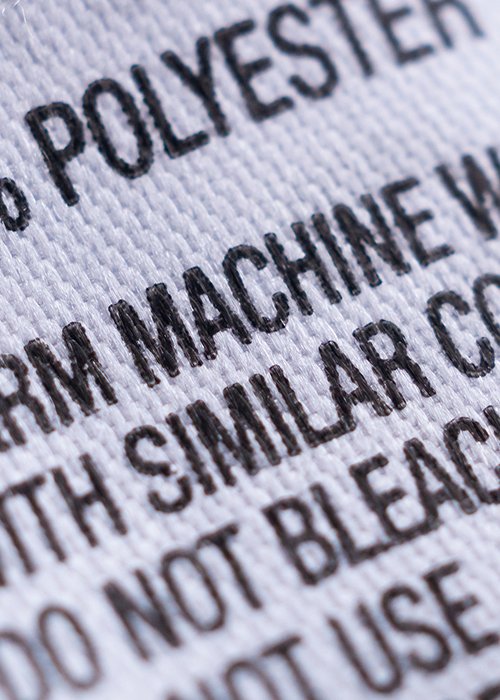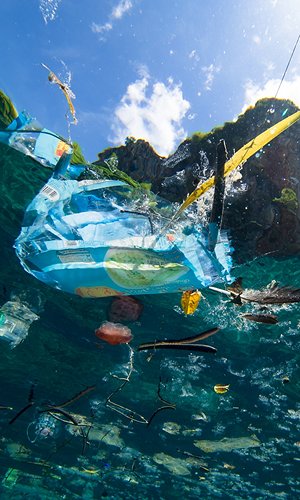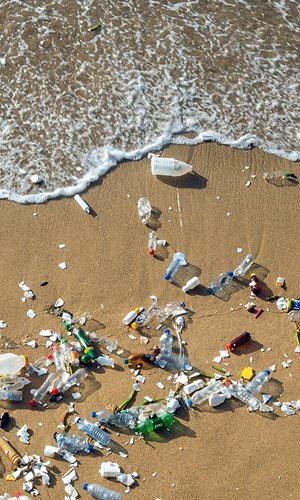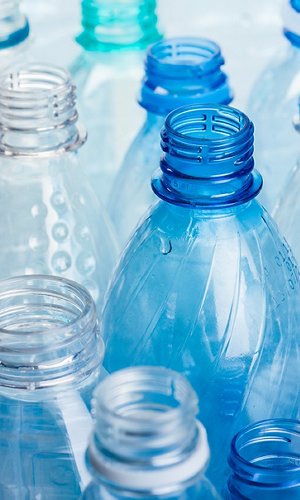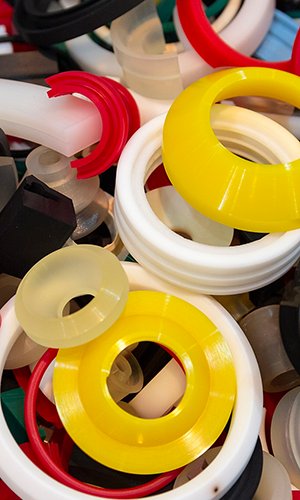The problem of microplastics has been recognised for some time now, and we know that they are found in seas and oceans all over the globe. They can even be found in the oceans around the Arctic ice cap: before reaching the North Pole, the tiny plastic particles have made a long journey from our washing machines. Yes, much of the plastic in the Arctic Ocean comes from the synthetic fibres that make up many of the items of clothing we wear every day around the world. This is explained by a study carried out by a group of scientists from the Canadian non-governmental organisation Ocean Wise, published in the journal Nature on 12 January this year.
